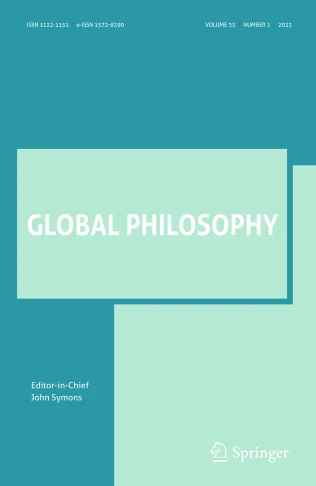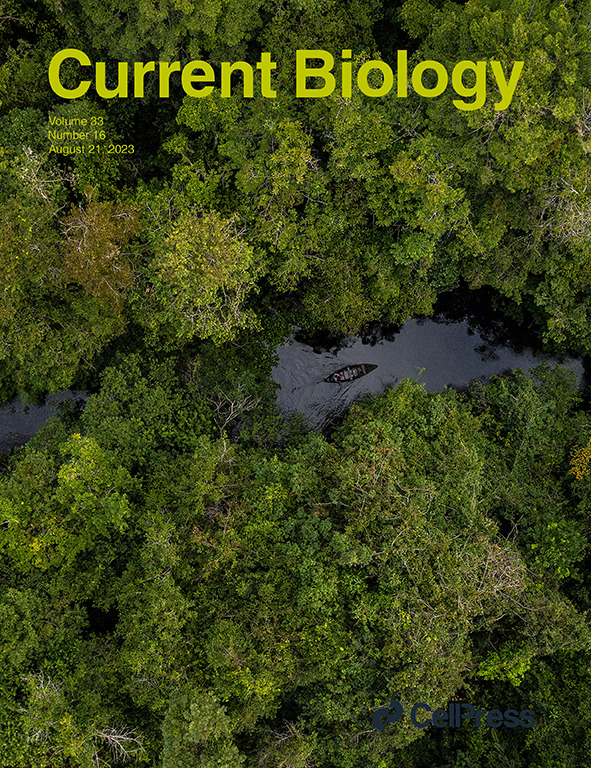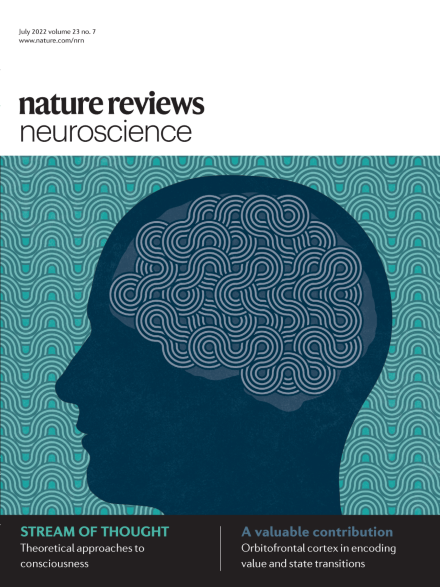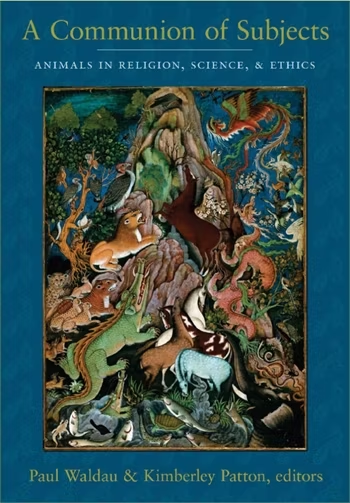Intelligences of Nature: General Journals & Articles
Further resources, if available, can be found in our full bibliography.

"The Quest for Sentience: from Crustaceans to Plants"
Jorge Marques da Silva
Although the use of the term “sentience” in philosophy dates to the 17th century, its use expanded particularly in the second half of the 20th century, with the emergence of non-anthropocentric ethics. A search for sentience in the animal kingdom began, which required the identification of a set of evidential sources. The difficulty in establishing, beyond any reasonable doubt, the existence of sentience in animals more distantly related to humans, and the consequences that the matter has for the legislation on animal protection, led to the proposal to apply the precautionary principle in animal welfare policy. This principle establishes that the fulfillment of minimum criteria is enough for the existence of sentience to be admitted. This led to the attribution of sentience to invertebrates, namely molluscs, insects, and crustaceans. As a result, the possibility of including decapod crustaceans into animal legislation is currently discussed. In this article, the authors perform the comparative exercise of applying a framework of minimum criteria of sentience, previously applied to crustaceans of the order Decapoda, to vascular plants. The framework is composed of eight independent criteria and the likelihood of plants meeting each of them will be assessed and discussed in the light of the existing empirical evidence.

"Consciousness Beyond the Human Case"
Joseph LeDoux, Jonathan Birch, Kristin Andrews, Nicola S. Clayton, Nathaniel D. Daw, Chris Frith, Hakwan Lau, Megan A.K. Peters, Susan Schneider, Anil Seth, Thomas Suddendorf, Marie M.P. Vandekerckhove
This paper discusses the rapid advancements in AI, particularly Large Language Models (LLMs), and the debate on whether these systems might soon achieve consciousness. It highlights the importance of distinguishing between intelligence and consciousness, noting that while AI can mimic human responses, it does not necessarily mean it has genuine consciousness. The paper references Endel Tulving’s three types of consciousness: autonoetic (self-awareness), noetic (conceptual awareness), and anoetic (basic, non-reflective feelings), and discusses their potential presence in animals and AI.

Recent years have seen a blossoming of theories about the biological and physical basis of consciousness. Good theories guide empirical research, allowing a person to interpret data, develop new experimental techniques and expand their capacity to manipulate the phenomenon of interest. Indeed, it is only when couched in terms of a theory that empirical discoveries can ultimately deliver a satisfying understanding of a phenomenon. However, in the case of consciousness, it is unclear how current theories relate to each other, or whether they can be empirically distinguished. To clarify this complicated landscape, the authors review four prominent theoretical approaches to consciousness: higher-order theories, global workspace theories, re-entry and predictive processing theories and integrated information theory. They describe the key characteristics of each approach by identifying which aspects of consciousness they propose to explain, what their neurobiological commitments are and what empirical data are adduced in their support. They consider how some prominent empirical debates might distinguish among these theories, and outline three ways in which theories need to be developed to deliver a mature regimen of theory-testing in the neuroscience of consciousness. From this, they conclude that there are good reasons to think that the iterative development, testing and comparison of theories of consciousness will lead to a deeper understanding of this most profound of mysteries.

"A Multiplicity of Intelligences"
Mary Evelyn Tucker
Paul Waldau, Kimberley Patton
In “A Multiplicity of Intelligences,” Mary Evelyn Tucker explores Thomas Berry’s principles of differentiation, subjectivity, and communion in the universe’s evolutionary process. She emphasizes the need for humans to recognize and respect the diverse intelligences of other species, which include migratory, hunting, and communicative abilities. Tucker argues that modern humans have lost touch with their kinship to the natural world, urging a shift from anthropocentric thinking to an awareness of interconnectedness with all life forms. This recognition of a shared, intelligent biosphere calls for a deeper appreciation of the complex, reciprocal relationships between humans, animals, and plants.
Photo Credit: Whaleshark in the Maldives; Sebastian Pena Lambarri/Unsplash